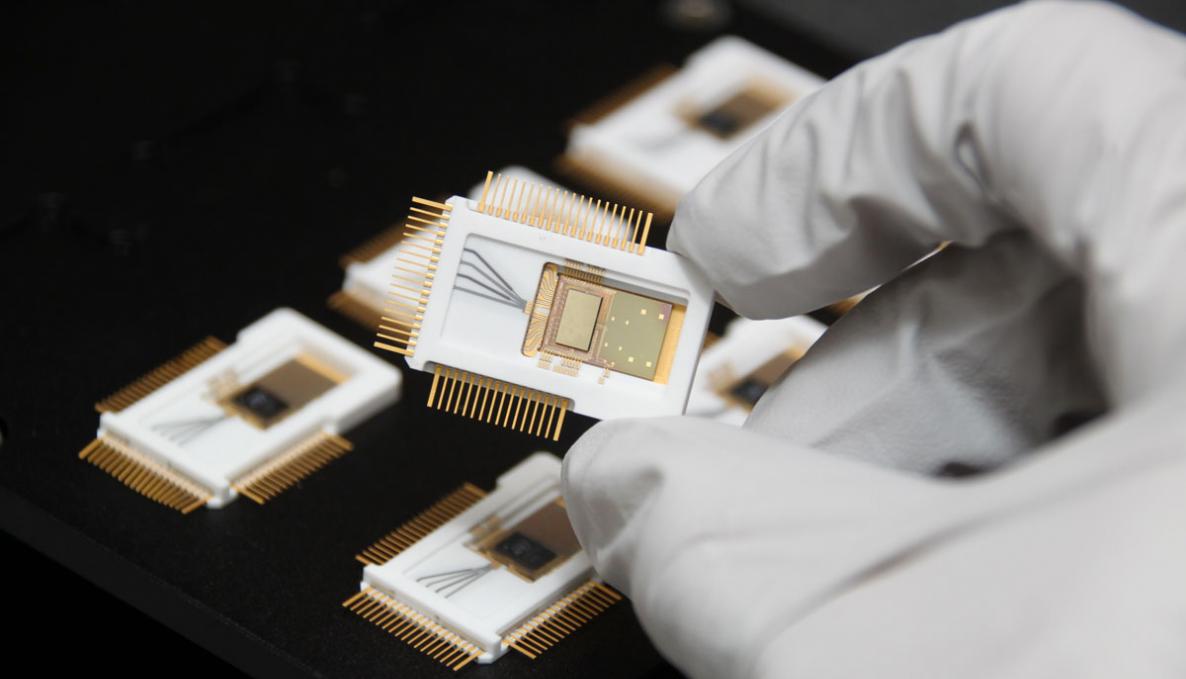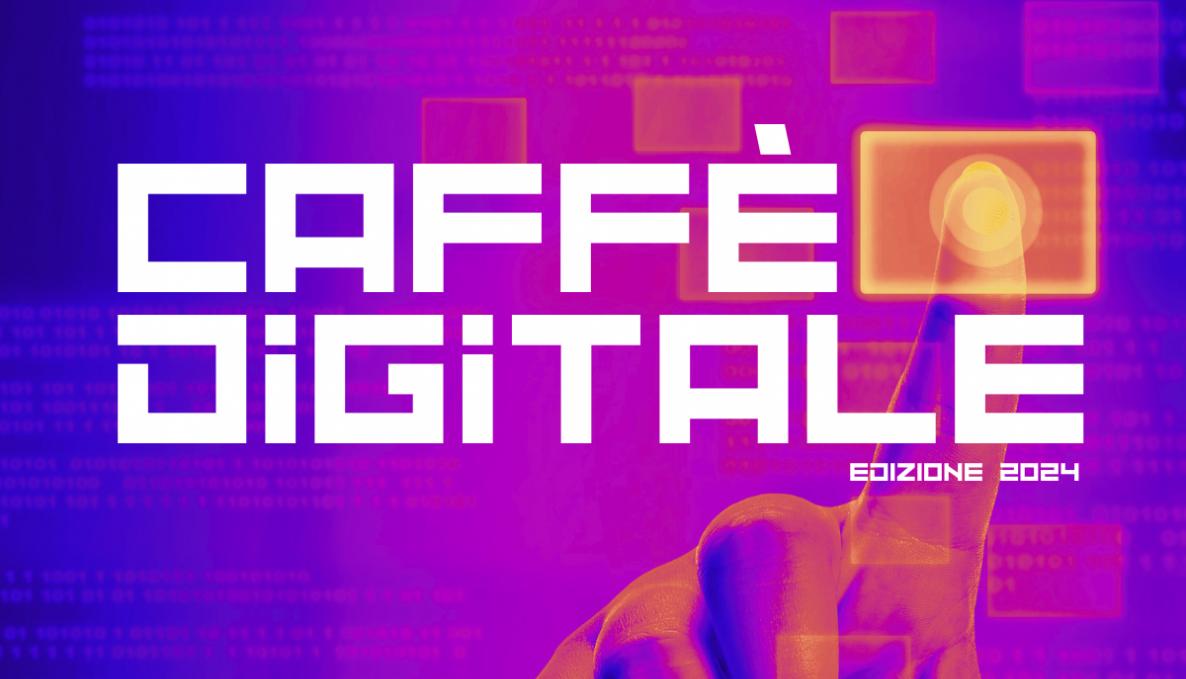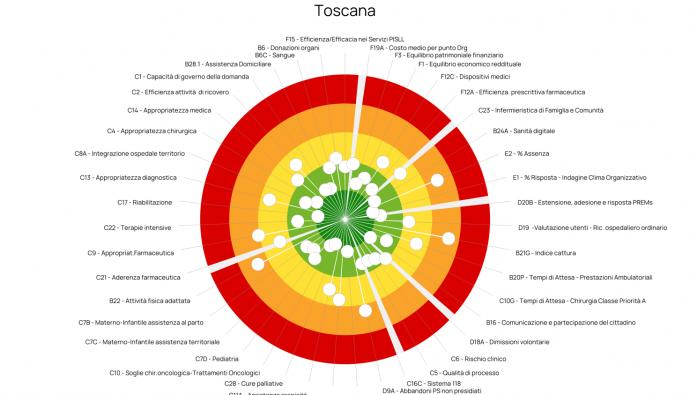Towards Photonics and 5G: partnership between Sant’Anna School for Advanced Studies and Ericsson Research Centre brings the “Internet of Things” closer to people

Moving from electronics to photonics and, to 5G mobile networks, to support the expansion of the network and accelerate the arrival of the ''Internet of Things". In Pisa, where 30 years ago, Italy connected to the Arpanet for the first time, Italian researchers prepare the next revolution, equal to at least the Internet 1.0, in particular, thanks to Sant'Anna School for Advanced Studies TeCIP Institute (of Communication, Information and Perception Technologies) and Ericsson Research Centre.
5G and the "Internet of Things" seem closer today thanks to the creation of new research infrastructures, such as the Center for Photonic Technologies, built with the contribution of Tuscany Region, in which there is a 700 square meters "clean room", that is worth 12 million euro, where technological processes occur and photonic chips are produced for networking equipment. This is the only place in Italy where you can design and create silicon photonic chips, not coincidentally, the same electronic material crucial for the twenty-first century widespread use of the Internet.
The sound partnership between the Sant’Anna School Tecip Institute and the Ericsson Research Centre allowed Italy to hold world speed record for network transmission. One Terabit per second, world optical fiber data speed record obtained in 2013, tested on over a thousand kilometers of fiber optic by Telstra network operator, between Sydney and Melbourne, Australia. Nowadays, Sant’Anna School and Ericsson create and design prototype components, innovative modules and photonic subsystems that will play a disruptive role in the 5G, which - in the field research - was first used at the Biorobotics Institute of the School and other Tuscan companies. The 5G was in fact applied to robotics, to create the first model of "cloud robotics".
Now the partnership looks at the photonics and 5G, future technology which will be available by 2020, when mobile broadband subscriptions will reach 7.5 billion, capable of generating data traffic 10 times greater than it is today, for which you will need "highways" for data flows.
5G will enable a new way of thinking about the so-called "connected society." It will help to create the vision of an almost unlimited access to information and information sharing at any time, in any place and circumstances. It will enable companies to innovate and create new services now only imaginable, such as robotics enhanced by cloud computing, intelligent transport systems and advanced telemedicine.
"The Internet of the future will not be the only one we know - says Professor Giancarlo Prati, director of Sant'Anna School TeCIP Institute – it will be the internet of people and social networks, but mainly the 'Internet of Things'. Cars will talk to other cars, streetlights will give visitors tourist information. Enlivening things will be a major change in lifestyle. The amount of data to be managed will grow significantly. Technological evolution will support the development. This technology is emerging and it is called integrated photonics ".
"Photonics - said Professor Prati - makes use of light energy for communication and information processing. The 'photons' are amounts of light energy. Instead, conventional electronics uses electrons charge, as we all know. The difference is not insignificant in favor of photonics, in terms of speed and power consumption, above all. Optical fibers and optical amplifiers represent the beginning of photonics, which have been used for decades and have allowed today’s Internet. "
Nunzio Mirtillo, CEO of Ericsson in Italy and President of Ericsson Mediterranean Region, says: "Ericsson and the Sant'Anna School in Pisa have had a long history of successful collaborations and the current partnership on 5G shows the central role of 'Europe and Italy in the development of mobile communication of the future. It is essential to continuing the virtuous cycle of innovation ecosystem between businesses and universities, with the aim of developing high value-added technologies to support the Connected Company ".



